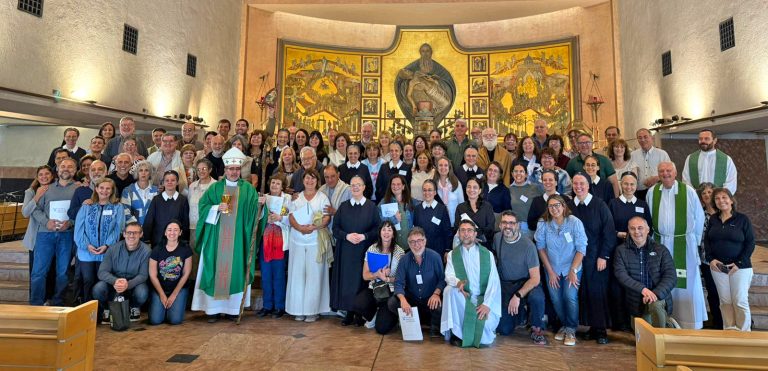The New Schoenstatt Shrine, in the Province of Buenos Aires, Argentina, is emblematic in Schoenstatt’s history. It is currently preparing to celebrate the jubilee of its 70th anniversary since Father Joseph Kentenich himself blessed it. It is a place that holds an incredible story of love between Mary and her children, a story of pain and victory.
Panorama
When he left for the USA in May 1948, Father Kentenich had entrusted the Sisters of the Province of Nazareth with the task of finding the land for the national Shrine in Argentina. The founder followed this task very closely and, when he returned to Latin America and saw the reality of the fruitless search, he intensified his participation by offering the little amount he earned from his retreats. He also contributed to the Shrine’s funds what he saved by depriving himself of means of transportation, walking twenty-five blocks, in the middle of summer, to the train station.
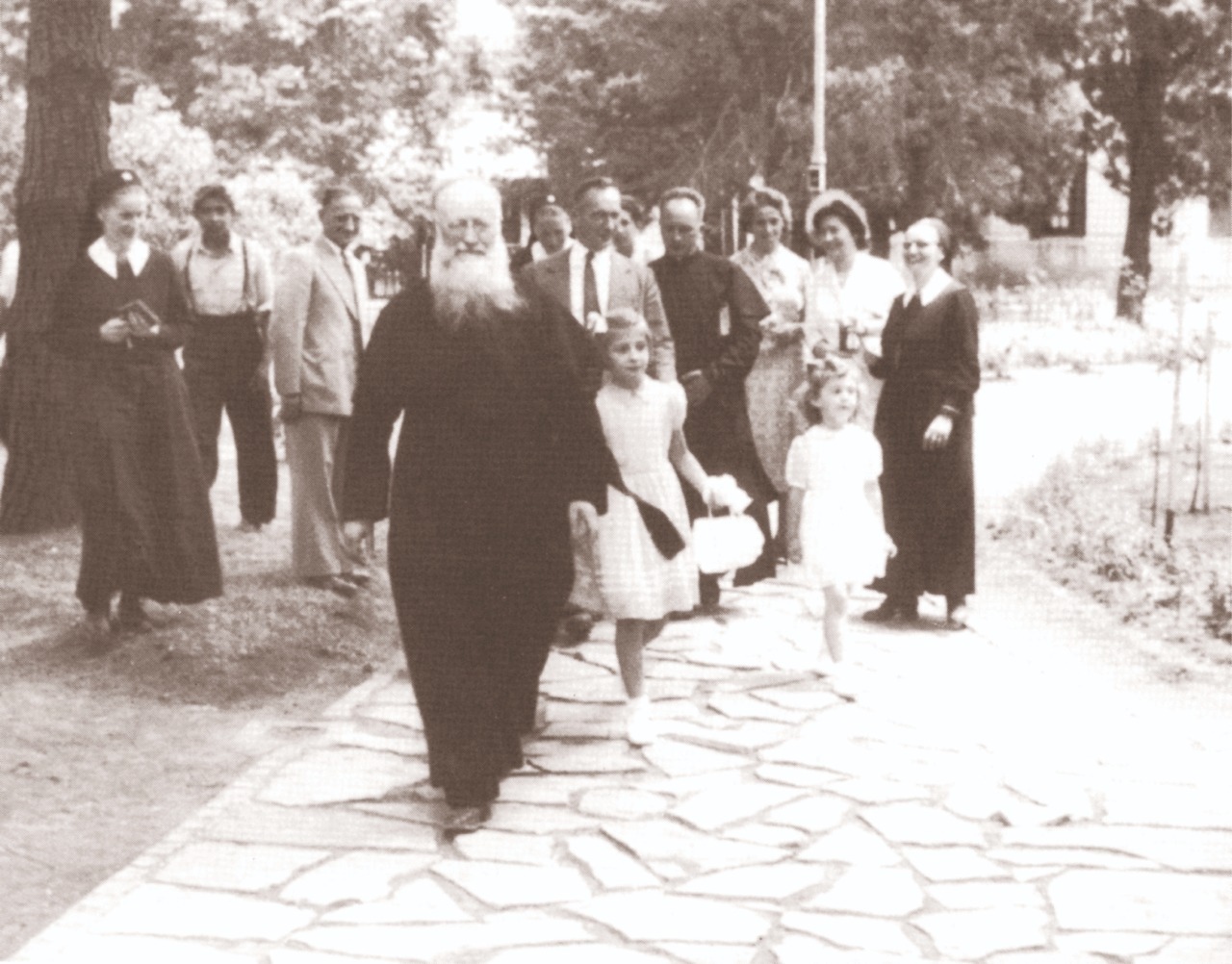
An unforgettable story with an alleged offender
Among the many stories of Father Kentenich’s time in Argentina, as told especially by Sister M. Ursula, the sisters recall one that caused an unexpected inconvenience that upset the Founder.
It was March 12, 1949. Father Kentenich had traveled by train from Villa Ballester to Villa Urquiza, in the city of Buenos Aires, where the house of the Redemptorist Fathers was located, to conduct some spiritual exercises. In the Marienheim house, belonging to the Pallottine Fathers, in Villa Ballester, where Father Kentenich was staying, Sister M. Ursula received a telephone call from the head of the Urquiza train station. On the receiver she hears:
“We have an elderly priest with whom, due to differences in language, we cannot communicate. He traveled without a ticket and must pay a fine of 20 pesos. As he does not have this money, he must be detained for one night”.
The sister asked to speak personally with Father Kentenich. He told her that he paid his ticket and gave it to the inspector, and that the inspector did not return it to him, and that he would not pay the fine because this would not be fair. The sister decided to travel to solve the conflict personally. When she arrived at the ticket office in Villa Ballester, she asked the employee if he remembered having sold a ticket that morning to a bearded priest. When he answered in the affirmative, the sister asked the man to telephone Urquiza station, explaining what had happened. The man did so, but to no avail. The inspector would not let Father Kentenich go without paying the fine, and Father Kentenich was not willing to pay a penalty for an infraction he had not committed. Finally, Sister M. Úsula traveled to Urquiza station and, seeing that there was no other reasonable way out, convinced Father Kentenich to pay the fine.
Upon returning to his home in Villa Ballester, Father Kentenich did not remain indifferent to the event and dictated a letter to Sister M. Ursula addressed to the director of the Railroad, in which he expressed his formal complaint for the injustice suffered. After completing his dictation, he said to the sister, “Now…tear it up.”
“That night we laughed openly with Father,” Sister Ursula recalls, “at the way that retreat had ended.”
A land sought with Father
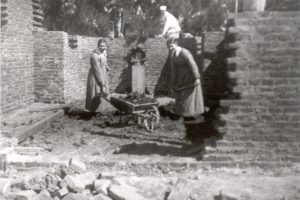
Time went by and the search for a place for the Sisters’ shrine in Argentina was fruitless. Several possibilities of land came up but, for one reason or another, none of them was suitable.
In October 1950, they went to visit one in the town of Florencio Varela. “It was a nine-hectare piece of land, with five thousand citrus trees and a beautiful grove, but… it cost a million pesos!” -Sr. M. Ursula relates, “So, we used to sing a phrase that said: Couldn’t we have the million pesos? We had made a pact with Our Lady: we would give her a million sacrifices and she would have to give us one peso for each sacrifice.” 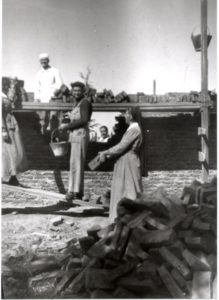
But, suddenly, Argentina was going through a significant inflation, and then the sisters told Our Lady: “Now that there is inflation, you have to give us 10 pesos for each sacrifice”.
Gradually they were able to get enough money to sign the sale and purchase document. On the key day, when the last installment would be paid, Fr. Kentenich was with the sisters, but to everyone’s surprise, the owner of the land increased the price and the transaction could not be done. Fr. Kentenich lived through all this with the sisters. Eventually, he had to go to Chile where he received the happy news that the sisters had been able to buy the land. Today, the land is called New Schoenstatt, and the Schoenstatt National Shrine in Argentina is located there.
Interwoveness of destinies between the Founder and the Work.
Those three years and eight months of intense search for the land for the Shrine coincided with the controversies between Father Kentenich and the German Episcopate. From Uruguay and from Argentina the founder explained in different letters what was not understood by the German Church.
On May 10, 1949, while in Nueva Helvecia, Uruguay, Father Kentenich received a letter from the Archbishop of Trier, Monsignor Rudolf Bornewasser. In it he was informed that the diocesan canonical visitation would now become an apostolic visitation of the Holy Office. Father Kentenich kept silent and that same day decided to write the May 31st letter and expressed that he was offering all his suffering so that the land for the Shrine in Argentina would be found.
A piece of land chosen and confirmed by the Blessed Virgin
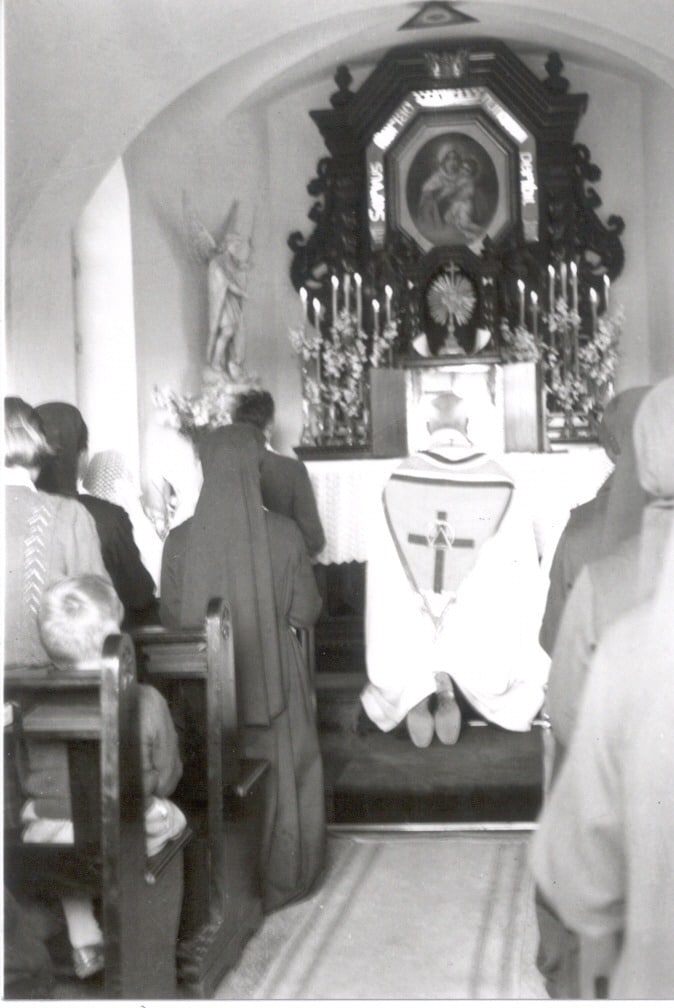 The chronicle tells that on June 21, 1951, what was owed for the purchase of the land was paid. That same day the sisters moved to the new land. From this blessed land a great father-centered current would continue to spread and radiate to the whole world.
The chronicle tells that on June 21, 1951, what was owed for the purchase of the land was paid. That same day the sisters moved to the new land. From this blessed land a great father-centered current would continue to spread and radiate to the whole world.
The property has a triangular shape. This is associated with God the Father. The Sisters took it as a simple sign from heaven, a delicate confirmation from the Blessed Mother, that this was the land for the Shrine of the Father in Argentina.
Offerings and sacrifice in foundations and walls
Less than two months after taking possession of the place, the Sisters had already laid down the foundation stone. Through Divine Providence, a builder arrived and wanted to stay and work with them. Now they could foresee the completion of the Shrine, they had the builder, they had everything… what else could happen? A few days later, news arrived from Germany that, by decree of the Holy Office, the Founder had been removed from his position as Director General of the Institute of the Sisters of Mary.
This generated tears, crosses and sacrifices that remained enclosed in the walls of the Shrine as little balls of wax. Every night the sisters carried their Capital of Grace and stuck it between the bricks of the walls, which rose victoriously foreseeing a fruitful future.
Jubilee of the National Schoenstatt Shrine in Argentina
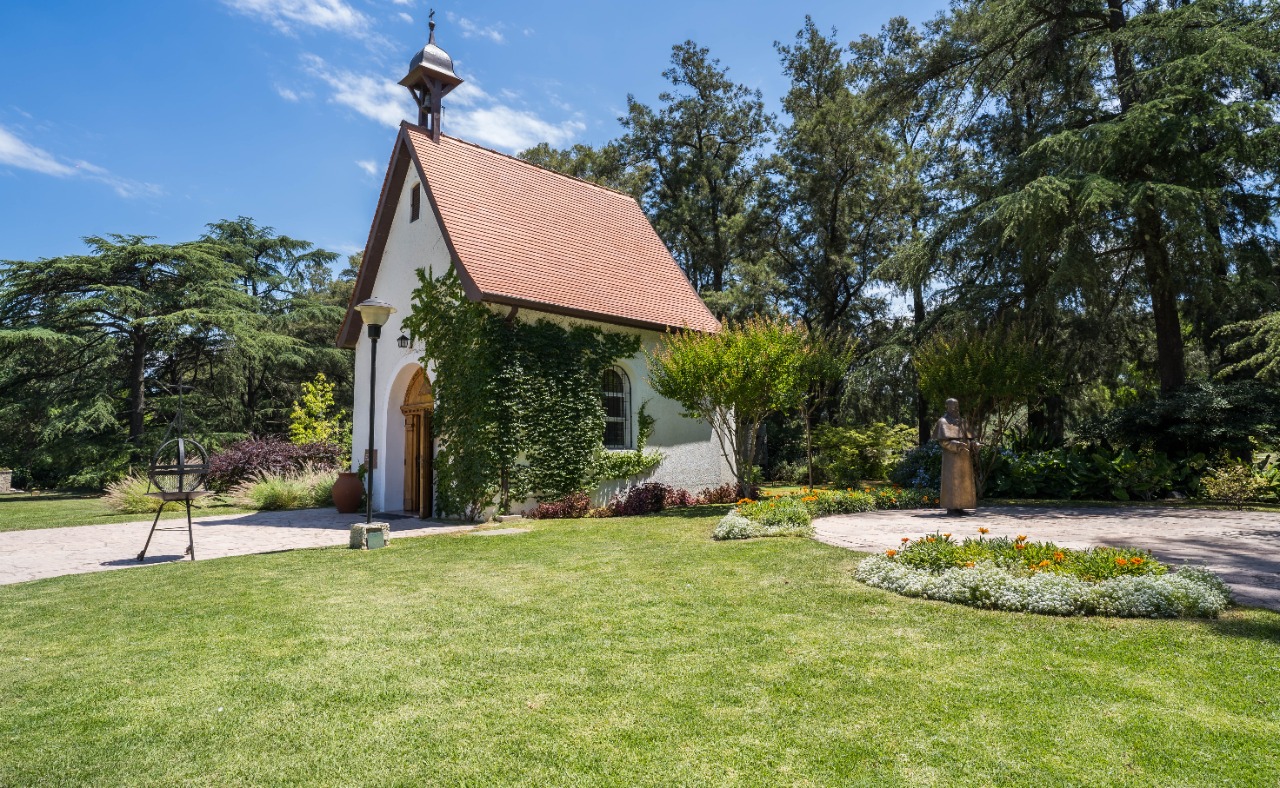
The Father Shrine was blessed by Father Joseph Kentenich on January 20, 1952. Now it is about to celebrate its 70th anniversary. New Schoenstatt, in the town of Florencio Varela, Buenos Aires, where this National Schoenstatt Shrine is located, will be the site of the celebrations, which will take place from January 18-20, 2022. More information will be available at https://www.facebook.com/nuevoschoenstatt.
Part I: New Schoenstatt, Argentina: Father’s Shrine, a witness to the cross and the Blessed Mother’s victory

